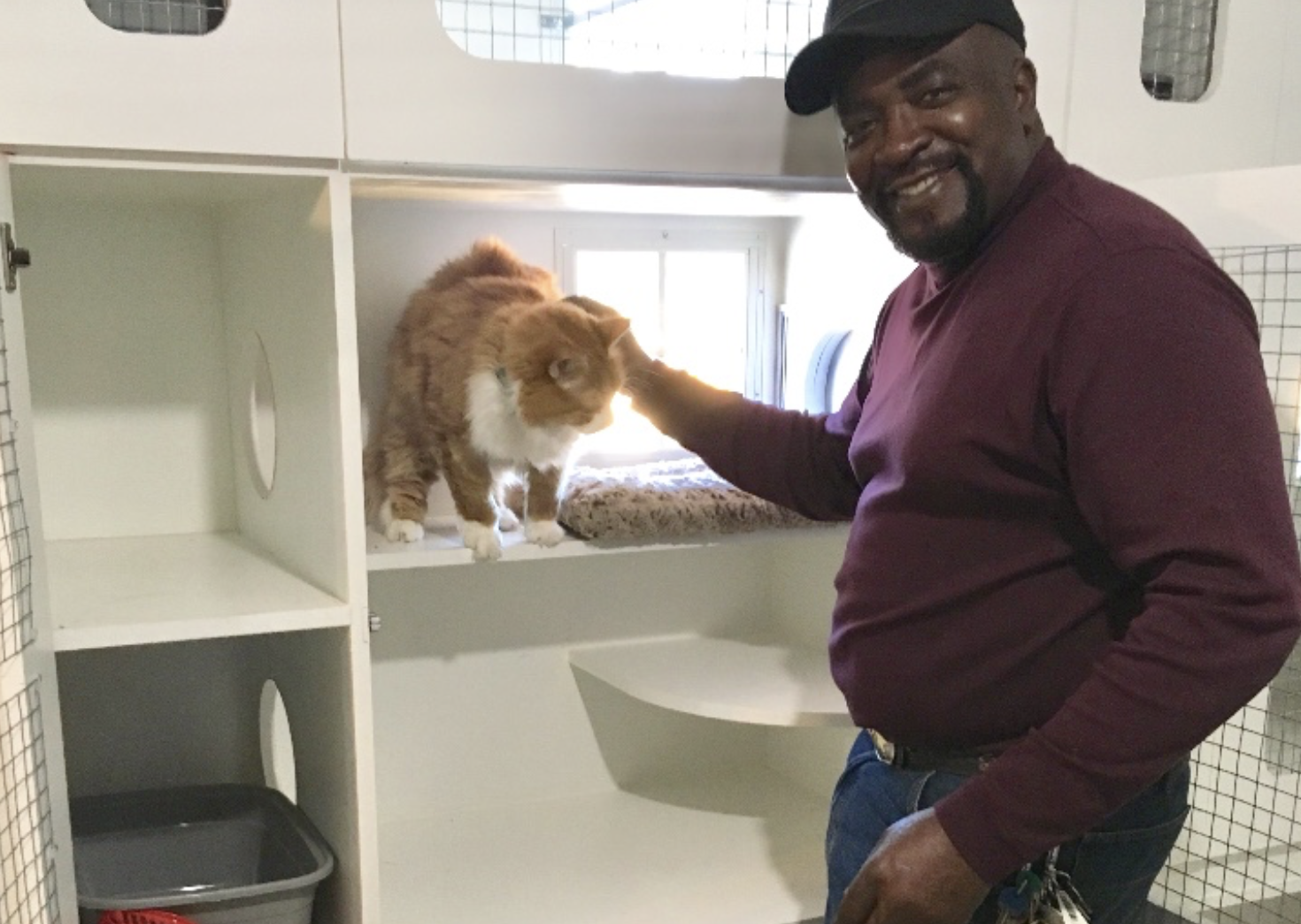Picture this: you just adopted a puppy and have all the basic necessities. However, you quickly realize that you need more than food, bowls, toys, and a leash to navigate your new life as a pet parent.
For example, you might decide to buy a swanky new vacuum to combat the furballs, accidents, and other messes. Or, you may upgrade your puppy’s basic collar to a high-quality harness for safer, more comfortable walks.
These examples demonstrate opportunities for cross-selling and upselling, respectively. Your pet care business can apply these sales techniques to its own customers by identifying buying habits and hidden needs that your products and services can fulfill. We’ll explore everything you need to know to employ them and maximize revenue, starting with the basics.
What are cross-selling and upselling?
Before delving into actionable strategies, it's essential to define the terms:
- Cross-selling involves offering corresponding products or services to a customer. Let’s say a customer brings their dog in for grooming. Your staff could cross-sell by recommending coat-enhancing treats or supplements.
- Upselling is the practice of encouraging customers to either purchase a more expensive version of an item or service or add on other products or offerings to enhance the primary purchase. For instance, you could upsell by suggesting a premium grooming package with additional treatments over the basic one.
When should you use these techniques?
While there are no hard and fast rules for when you should use these techniques, we recommend following these basic guidelines:
|
Cross-Selling |
Use when… |
|
|
Avoid when… |
|
|
|
Upselling |
Use when… |
|
|
Avoid when… |
|
What are the benefits of cross-selling and upselling for pet businesses?
When your staff times these techniques properly and considers customers’ needs and preferences, cross-selling and upselling can yield benefits like:
- Enhanced customer satisfaction: By offering services and products that genuinely benefit the dogs and their owners, you’ll create a more satisfied and loyal customer base. Not only will these customers consistently support your business, but they’ll spread the word to their pet-owning friends.
- Increased revenue: As McKinsey found, cross-selling can increase sales by 20% and profits by 30%. By tapping into clients’ additional needs or wants, you can increase the average transaction value, thus boosting revenue.
- Improved business stability: By boosting sales and diversifying your revenue streams, your business can become more resistant to market fluctuations. This way, you won’t be too reliant on a single source of income.
Additionally, HubSpot found that 90% of surveyed salespeople try to upsell their customers and prospects. Don’t fall behind your competitors by ignoring this tactic—instead, learn how to identify opportunities, effectively pitch cross-sells and upsells, and close the deal.
How can pet businesses effectively implement these techniques?
The best way to identify opportunities to use these techniques is by leveraging robust pet business software with reporting, scheduling, marketing, and retail tools designed to drive revenue.
Gingr has everything you need to manage everyday operations and grow your business via cross-selling and upsells. Its self-service booking tool increases upsells by allowing customers to select service add-ons, yielding an average increase of $15 to $25 per reservation. Additionally, Gingr offers online and in-store retail tools that simplify adding items to any reservation, analyzing each item’s sales, and reviewing purchase histories to identify crucial sales opportunities.

In addition to using the right pet business software, the following tips can help you leverage cross-selling and upselling techniques:
- Know your client's needs. The more you understand your clients and their dogs, the better you'll be at identifying which products or services would benefit them most. Use a tool like Gingr to store details about pets and their parents to make highly relevant recommendations.
- Bundle services. Offer package deals that combine various services at a slightly reduced price. For instance, a daycare package could include a discounted grooming session.
- Educate your staff. Ensure all staff members are familiar with the services and products you offer. They should feel comfortable discussing and recommending them to customers.
- Highlight added value. Emphasize the additional value or benefit of the recommended product or service. For example, explain how a particular shampoo can benefit a dog's coat or how regular daycare can foster healthy social skills in a puppy.
- Introduce loyalty programs or memberships. These can act as both cross-sell and upsell mechanisms. For instance, after a client's tenth grooming session, they could get a free kennel stay or a discounted toy.
- Use point-of-sale displays. Having tangible products displayed attractively at your checkout counter can encourage last-minute additions to a service. For example, a customer might add on a gourmet treat when checking out to reward their dog after a training session or kennel stay.
- Ask for feedback. Always seek feedback on any additional products or services you provide. This not only helps you improve your offerings but also shows clients that you value their input.
Regardless of what you're selling or upselling, quality must remain consistent. After all, clients are more likely to pay for additional services or products if they see value in your base offerings. A dip in quality could make them question continuing to support your business.
Additional Resources
When done right, cross-selling and upselling can provide immense value to both your business and its clients. It’s about enhancing the overall customer experience, understanding their needs, and offering quality solutions that genuinely benefit them. These techniques can pave the way for sustained growth and success for your pet business.
For more tips on developing your business, check out these additional resources from our blog:
- Learn Industry Secrets With This Dog Marketing Playbook. Expertly reach and engage more pet parents with this guide to dog marketing.
- How Memberships Can Boost Your Pet Business Revenue by 30%. Looking for another way to drive revenue? Discover how you can get an effective membership program up and running.
- 12 Must-Try Dog Daycare Ideas for Happy, Healthy Pups. Don’t let the day-to-day activities at your dog daycare get stale. Keep things exciting with these fun ideas—some might even open the door to tempting upsell opportunities!
Subscribe to the Gingr Blog









